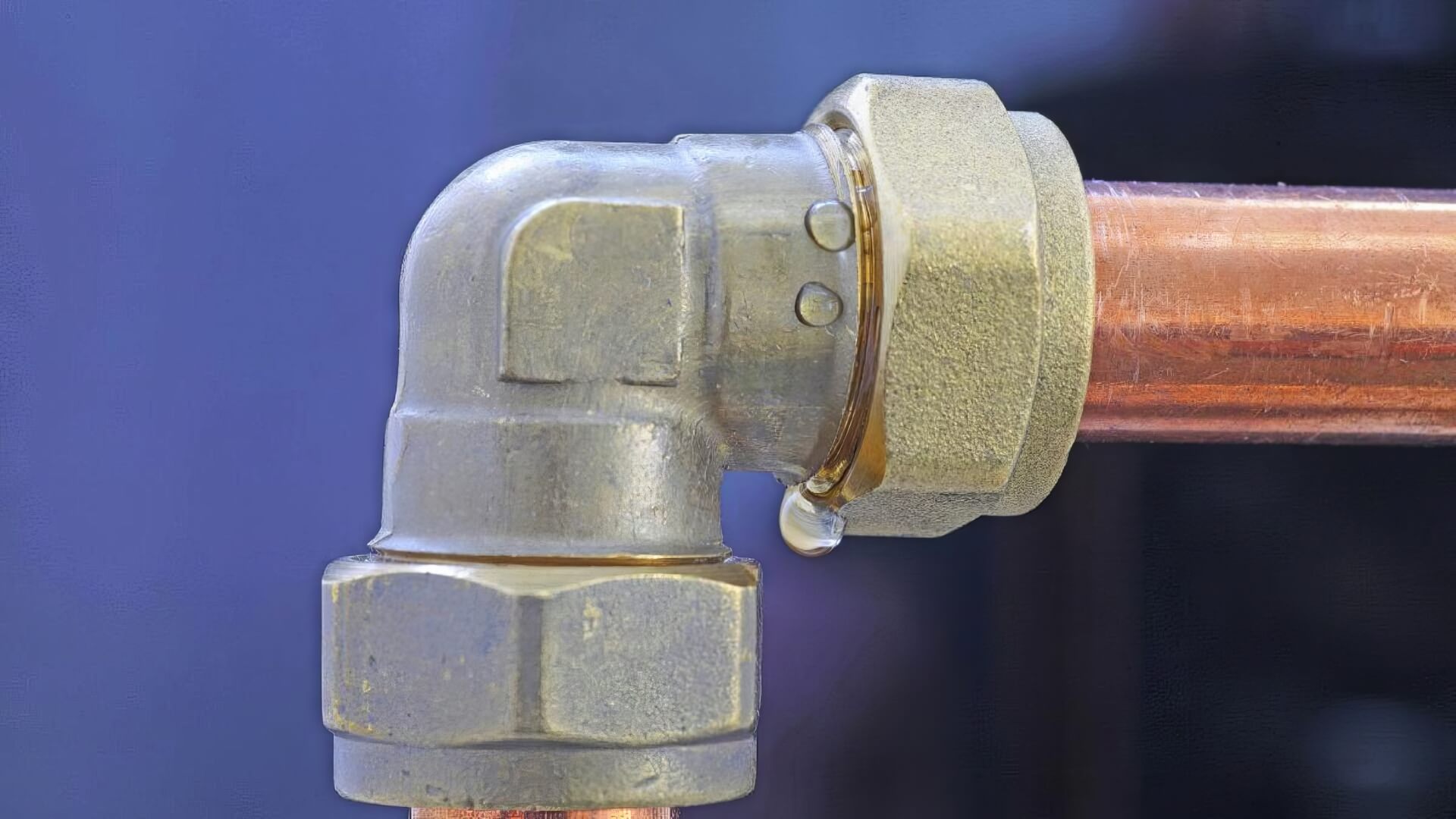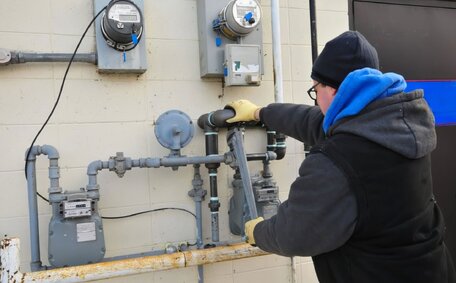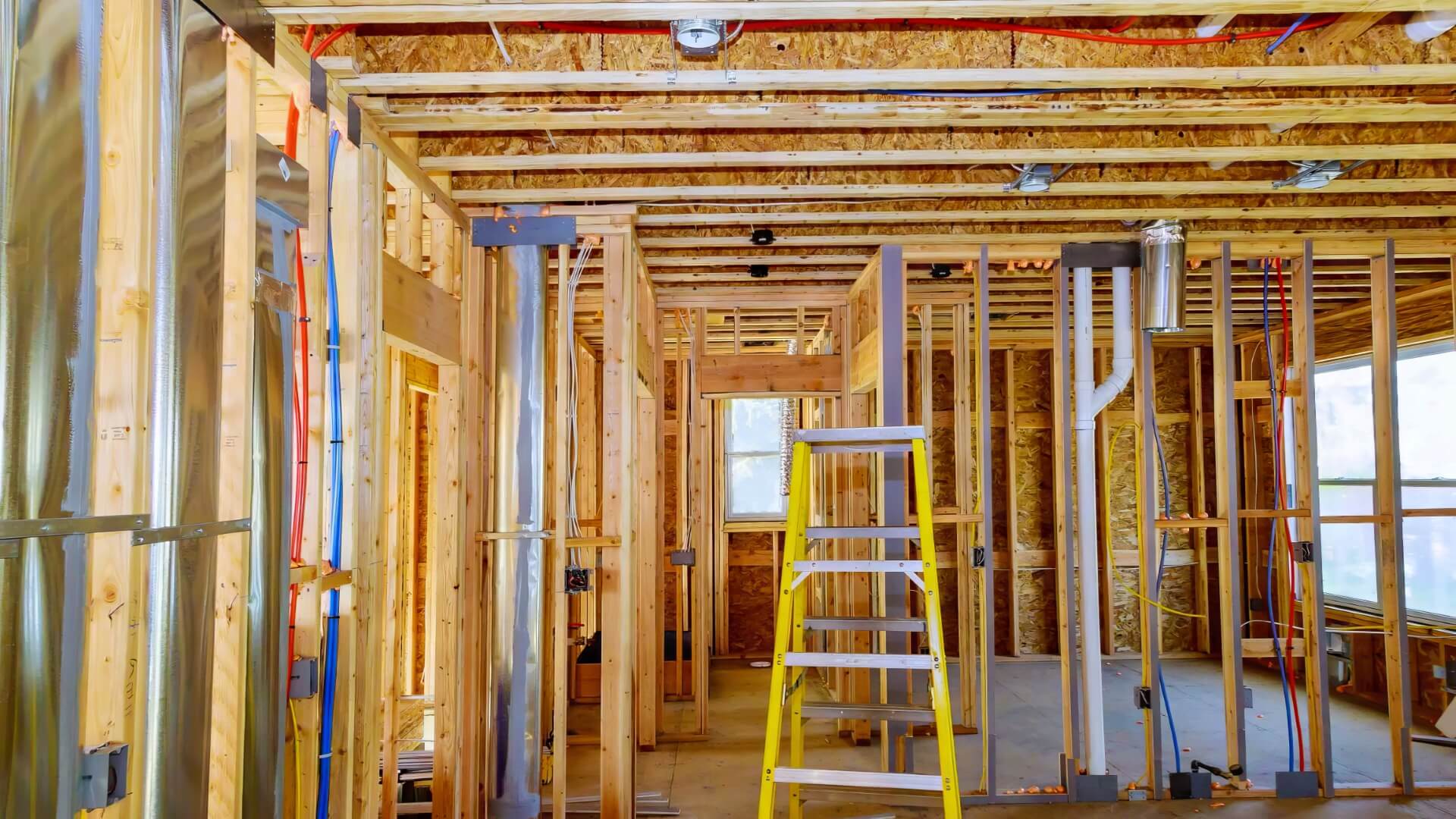Understanding Sump Pump Failures And How They Happen
Sump pumps efficiently manage excess water, diverting it into a pit to prevent water damage in basements from groundwater and storm runoff. Their operation involves channeling water out from a basement crawl space, ensuring it is directed safely away, protecting your home. However, like any mechanical system tasked with managing basement water removal, sump pumps can fail from time to time.
It’s crucial for homeowners to know the common causes of sump pump failure:
- Power outages - Plan for power outages that can stop your sump pump by considering alternative power solutions.
- Mechanical issues like broken impellers, seized motors, and worn seals can also lead to sump pump problems and eventual failure.
- Clogs - Debris like silt, roots or gravel getting lodged in the pump or discharge line prevents proper water flow.
- The age of the pump can also contribute to failure, with typical lifespans ranging from 5-10 years due to component wear. Over time, worn components may fail, allowing water into your basement unexpectedly.
Faults in sump pump operation can lead to water overflowing the sump pit and causing basement water damage. Understanding what to do in the event of sump pump failure is vital - ensure you have a backup system and commit to regular maintenance.
Causes Of Sump Pump Malfunctions And Breakdowns
One of the culprits for sump pump failure is a clogged intake, which can create damp conditions ideal for mold growth. Objects like dirt, gravel, and toys can accumulate and block the pump intake valve over time. A blocked opening decreases water flow, which can strain the pump and lead to overheating or burnout.
Signs that a sump pump can clog include the pump running but failing to get water into the sump pit effectively, exhibiting reduced water flow, emitting strange noises, and the bottom of the pit remaining full. Prevent debris accumulation by using a pump strainer basket, installing a check valve, and keeping intake screens clear.
Sump pumps depend on float switches to automatically turn on and off based on water levels; it’s a problem if the sump pump isn’t responding as it should. When these switches fail and there’s no visible signs of issues like debris buildup or wear, the system remains unaware of when to activate.
Consider what to do if your sump fails, especially if the pump remains inactive even when brimming with water. Diagnosing the problem requires checking switch connections and the discharge pipe, then observing the pump operate. Replace a malfunctioning switch float arm immediately, much like you would promptly clean spills with a wetdry vacuum, to prevent flooding.
Constantly operating against a large amount water or heavy debris can strain a pump motor, possibly leading to burnout and a flooded basement. Submersible pumps, responsible for keeping the sump pit dry, typically last 5-10 years before wear on seals, bushings, and bearings necessitates replacement.
Indications of imminent failure include loud noises, short-cycling, overheating and decreased water discharge. Annual checkups and a new sump pump installation can offer homeowners peace of mind, mitigating potential issues.
As most sump pumps are electric, a power cut can render your pump incapable of evacuating water. Power failures due to storms, structural damage, or broader grid issues can lead to sump pump disruptions, risking flooding your basement within a matter of hours.
Install a battery backup or generator to prevent sump pump issues related to power interruptions and mishandled high water volumes. Signs of this issue include an unresponsive electric pump during heavy rain. Restore power as soon as possible and install backups to mitigate the risk of failure.
Clogged Intake
To maintain sump hygiene, ensure the pump’s intake, the gateway for water outflow, is free of blockages. Over time, debris like dirt, roots, toys, and any other objects can get sucked into this opening, slowly clogging it and affecting the pump’s efficacy.
A clogged intake restricts water flow into the pump, reducing its effectiveness at removing water from the sump pit. Indications of a clog include the pump running frequently but failing to lower the water level, strange noises coming from the pump, or very little to no water being discharged.
To prevent clogged intakes, install a pump strainer basket to catch debris before it enters the pump. To help prevent malfunctions, it’s advisable to check and clean the intake screen 1-2 times per year. Verify your sump pump working condition by pouring a bucket of water into the pit to engage the pump - an annual check is recommended.
A severely clogged sump pump intake requires disassembling the pump to pump out manually remove built-up debris. In some cases, the impeller may need replacing if damaged by objects sucked into the pump.
Float Switch Failure
A float switch is a mechanism connected to the pump installed to ensure proper operation that triggers it to turn on when water in the sump pit rises to a certain level, and off when the pit empties. It consists of a floating device that moves up and down with the water surface.
Some signs your float switch sump pump your may have failed include:
- The pump not turning on even when water sump pit fills
- Seeing the switch bobbing at the water’s surface but pump not activating
- Finding the switch sitting at the bottom of the pit
- Noticing the switch detached from the pump
If the float switch falters, the pump cannot respond promptly, creating a risk of basement inundation due to sump pump failure. It’s critical to replace a malfunctioning switch promptly to safeguard against water in your basement, a vital aspect of sump pump maintenance.
Test the pump by filling the pit with water to ensure it activates at the correct level, a task best done annually.
Pump Burnout
One of the most common reasons sump pumps fail is due to pump motor burnout from overuse. Submersible sump pumps typically last 5-10 years before internal components like seals, bushings and bearings wear out from constant use.
Watch for signs of potential burnout, such as frequent loud noises, short-cycling, motor overheating, and reduced water discharge. Catching these issues early allows the pump to be replaced before flooding occurs.
Ensure your sump pump is appropriately sized to handle the water levels in your home and avoid premature malfunctions. Annual maintenance checks by a plumbing professional can identify and resolve minor issues before they result in a burnout. Regular testing and timely replacement of an aging pump can help ensure optimal lifespan.
Power Loss
Power outages due to storms, grid failures, or other causes can leave sump pumps unable to evacuate water since most rely on electricity to operate. Even a brief outage presents risks due to sump pump failure, as water can rapidly overfill the sump pit.
Prevent backup power options include installing a battery backup system that switches on automatically when the main power goes out. These can run for hours to over a day on battery power alone, buying time to protect your house until electricity is restored.
An alternative is setting up a portable generator to churn out emergency power for the pump during an outage. Securely connecting generator power to the pump circuit enables continued operation until regular power is restored.
Signs of power loss affecting your pump include a non-responsive electric sump in heavy rain when it would normally be actively pumping. Restore power as soon as possible and have backup systems ready to avoid basement flooding during storm events.
Preventing Sump Pump Problems
Understanding and pre-empting sump pump issues through regular maintenance and testing is vital to ensure suitability for your home’s needs. This involves:
- Conduct biannual checks on the pump, float switch, discharge line, and pit to prevent debris buildup. Clear any dirt or clogs.
- Test your sump pump monthly to verify normal activation and water flow by pouring a bucket of water into the pit.
- Seek a professional annual inspection of your pump to identify and address potential issues like worn components.
- Replacing the pump every 5-10 years or according to manufacturer recommendations.
- Examining the air relief hole for blockages that pump might encounter to maintain proper water flow.
- Checking that outlet and extension piping allows adequate discharge distance as part of your home’s drainage system.
- Listening for troubling noises like humming or grinding, which may indicate imminent failure.
- Swapping out ageing pump systems for newer, higher quality models rated for your home’s water volume.
Protect your home against pump failures by having fail-safes in place:
- Install a backup battery pump or hook up a generator to supply emergency power during electrical outages.
- Use a water-powered backup pump not reliant on electricity as a second line of defence.
- Connect an alarm system that alerts you to pump issues even when not home.
Regular Maintenance And Testing
This involves:
- Cleaning the pump intake, float switch, discharge line, and sump basin for debris buildup every 3-6 months
- Testing the pump monthly by pouring water into the pit and confirming normal pump activation and water flow
- Arrange for a professional to annually inspect pump components to detect any issues
- Replacing the pump every 5-10 years or per manufacturer recommendations
Annual checks confirm pump functionality and offer guidance on addressing issues before heavy rainfall begins. It also provides the opportunity to check control switches, backup systems, and extensions are functioning as intended.
System Checks And Replacement
It’s important to routinely check your sump pump’s health to ensure it’s working properly and determine if replacement is needed. Some checks include:
- Listening for concerning noises like loud humming or grinding, which may signal failure is imminent
- Ensuring that the pump activates and deactivates correctly with water level changes
- Examining piping and discharge lines for blockages inhibiting water flow
- Testing that outlet and extension piping allows adequate water drainage distance from your home’s foundation
- Replacing older pumps every 5-10 years as internal components wear out over time
A professional assessment during annual maintenance can estimate the pump’s lifespan based on usage and condition. Upgrading to a higher quality system sized appropriately for your home’s needs can provide longer-lasting protection against flooding.
Safeguarding Against Failures And Outages
Unexpected sump pump failures or power outages can rapidly lead to flooding, so it’s crucial to have backup systems in place. Installing a battery backup sump pump provides emergency pumping capability for hours up to days during electrical failures. These backup units switch on automatically when your main AC power goes out.
For extended outages, linking a generator to supply emergency energy to your primary pump is an effective measure. Safely routing the generator current prevents shutdowns until electricity is restored. Water or air-powered backup pumps offer redundancy without electrical dependence.
Employ a digital alarm to supervise your system and alert you to problems, aiding in timely intervention for damage restoration. Catching problems early provides more time for water damage restoration and to prevent catastrophic water damage from pump failures.
Battery And Water Backup Systems
Battery backup sump pump systems offer emergency pumping capacity for several hours to over a day during power outages. They automatically switch on when electricity fails. Battery units don’t require water pressure to operate, making them reliable even during droughts.
Water-powered backup pumps harness municipal water pressure to safeguard your property against flooding during power outages. They activate when water fills the sump pit, using city water pressure to push it out. Water units can run as long as pressure is adequate but may be impacted by drought or line ruptures.
Battery backups provide longer protection during extended outages but require periodic battery replacement. Water units have lower maintenance needs but depend on uninterrupted city water supply. Combining both systems offers maximum redundancy in the event that one fails.
Generator Power
Hooking up a portable generator provides backup power to keep the sump pump operating during extended power outages. Safely connecting a gas-powered generator to your electrical panel will supply electricity to run the pump when the main grid fails.
For brief outages, small portable generators can supplement power and be directly plugged into the pump. Larger whole house units are required for prolonged multi-day storms or blackouts where central air conditioning, refrigeration and other systems are also impacted.
Ensure your generator can handle the electrical load of your sump pump for efficient water removal. An electrician can advise on equipment sizing, hookup procedures, and automatic transfer switches to safely integrate the generator with household circuits.
Routine generator testing ensures it’s working and ready to power your sump pump in an actual emergency. Proper installation and upkeep provide vital defence due to sump pump dependency on electric power during blackouts from heavy rain, floods and storms.






